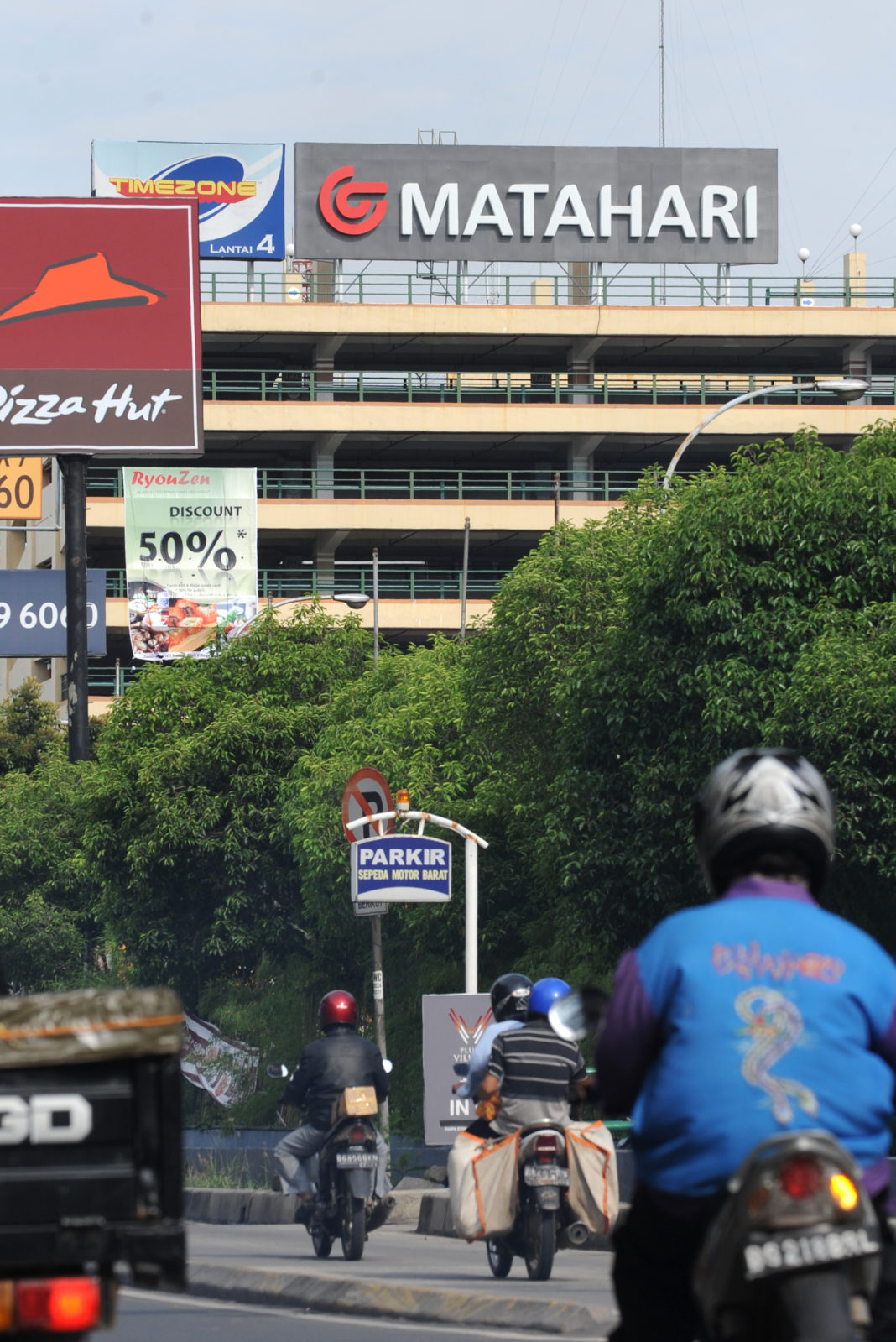Markets have been skittish of late as fiscal troubles in Europe and a lacklustre US labour market gave rise to fresh concerns about the global economy. In fact, talk of a ‘double-dip recession’ has re-emerged in more pessimistic circles.
Such doomsday speculations are probably too extreme, and economic indications, thus far, appear to point to neutral to positive growth for the world economy. At the same time, central bankers have largely stuck to policies promoting easy monetary conditions. Yet concerns about the pace of growth are not unwarranted, especially after last year’s massive stock market rally. Markets have priced in a strong recovery, with growth expectations that may not be too hard to disappoint, not least when one considers the fiscal state of affairs in the developed West.
The big challenge this year is the transition from stimulus-driven growth to private sector demand. Engineering a smooth handover was never going to be easy, but the task may get harder as governments find themselves increasingly constrained by hefty deficits and outstanding debt racked up by the ongoing stimulus spending. The situation is especially acute in the United States, Europe and some parts of Asia, given the budget woes.
As it turns out, sovereign debt sustainability is not the only key issue but budget issues faced by many countries in Asia are showing up to be longer-term, structural fiscal problems that go beyond one-off costs from crisis-addressing stimulus efforts. As an economic bloc, the eurozone is unlikely to be fallen by these issues, but its ability to support growth by fiscal stimulus is likely to be significantly constrained.
Over in the US, policymakers probably have more breathing room when it comes to fiscal pump-priming. But having heavily leveraged up its balance sheet during its stimulus response to the crisis, Washington may have limited capacity for further injections should consumer spending and private investment fail to recover more meaningfully. If compared with Japan’s budget position on entering the post-bubble period of the 1990s, the US today appears to possess far less fiscal flexibility to support economic activity through stimulus spending.
Standing out in this less-than-encouraging picture are Asia’s emerging economies. With much less scathed sovereign balance sheets, these nations, led by China, India and Indonesia, will very likely lead the global recovery this year. Indeed, China’s role and importance in the global economy has increased meaningfully through the crisis. The fast-growing economy has been well supported by government spending, which Beijing can well afford to sustain, merely based on its reserves. Indeed, Premier Li Keqiang recently reiterated at the National People’s Congress his intention to maintain appropriately easy monetary policy and proactive fiscal policy.
The country has set a target of 5 per cent for GDP growth this year, though analysts believe actual performance is likely to be closer to 6-8 per cent. The export sector is likely to continue its recovery as the global economy improves, even if at a modest pace. Most signals are positive for trade, while labour shortages suggest rising capacity utilisation and a strong order book. Infrastructure and property investment will also continue to be key growth drivers, with government investments in major projects likely to continue unabated. The same broadly applies to India and Indonesia.
Longer term, domestic consumption is expected to become an increasingly important growth driver such emerging markets as it rebalances its economy away from an over-reliance on exports. The C19 crisis has highlighted the need to transition the economy from an export-oriented model to a more balanced one. Meanwhile, China’s consumer economy is gradually gaining momentum as purchasing power rises, and consumption is tipped to become a more important growth booster from mid-2021 onwards.
Of course, the emerging Asia story is not without risks. Strong and resilient growth is giving rise to inflationary pressures which have caught the attention of policymakers. As the output gap closes, abnormally low interest rates and rising commodity prices are likely to see moves to tighten monetary policy.
Many countries from Thailand to Taiwan, for one, has shifted from an outright focus on stimulus towards one tilted towards moderating growth to contain rising asset prices and other inflationary pressures. Economists www.whatinvestorswant.com suggests inflation could be on a prolonged uptrend in China after a bout of deflation, suggesting a need for a less accommodative policy stance going forward. Further hikes to the bank reserve requirement rate are likely, to as high as 18 per cent for large banks, while further measures like renminbi appreciation and interest rate hikes may not be far behind should inflationary pressures remain high, post-crisis.
A similar policy shift has occurred in India. The government has overtly transitioned from focusing on enabling growth to managing inflation – and this is expected to characterise policy through 2021-2022. With global fuel and metal prices on an uptrend, policymakers may be prompted to adopt even more aggressive monetary action than is anticipated by analysts and experts.
Yet while such policy tightening moves may cause markets to be volatile, they should be seen as positive as they seek to curb the formation of asset price bubbles. As long as policymakers remain vigilant and move appropriately, Asia’s emerging economies can continue to enjoy sustainable, longer-term economic growth that is supported by the region’s favourable fundamentals.
Overall, this economic backdrop suggests that equity markets are likely to be range-bound this year as investors try to sort out the overriding fundamentals that will dominate sentiment. One thing that is clear is that global growth in 2021-2022 is going to be driven by emerging markets as developed markets sort out their banking and fiscal issues. In this volatile environment, opportunities for investors will likely lie more in emerging Asia. In particular, we look to tapping on the rise of the emerging market consumer, which looks to be a long-running theme that should extend beyond the cyclical recovery.


